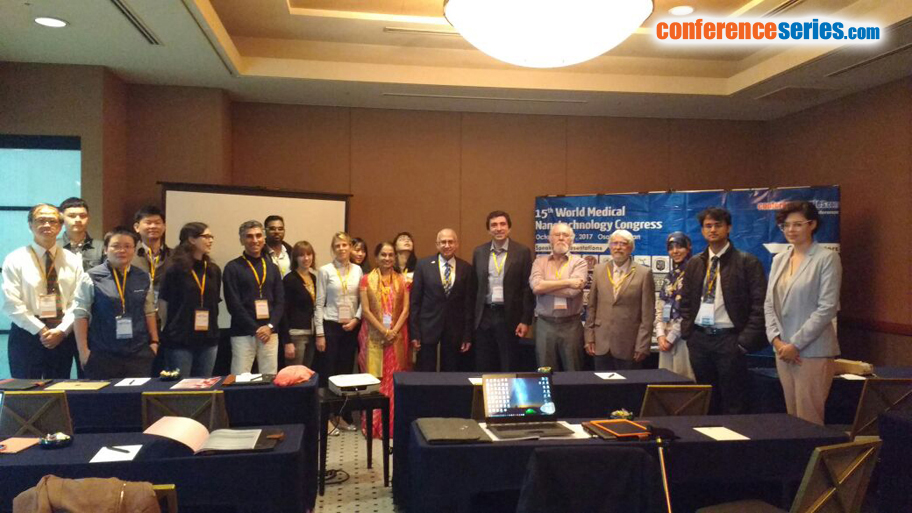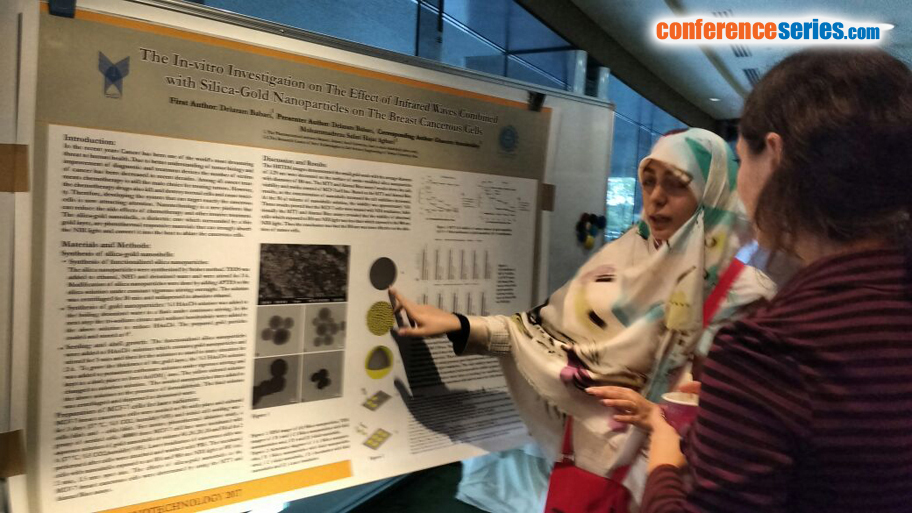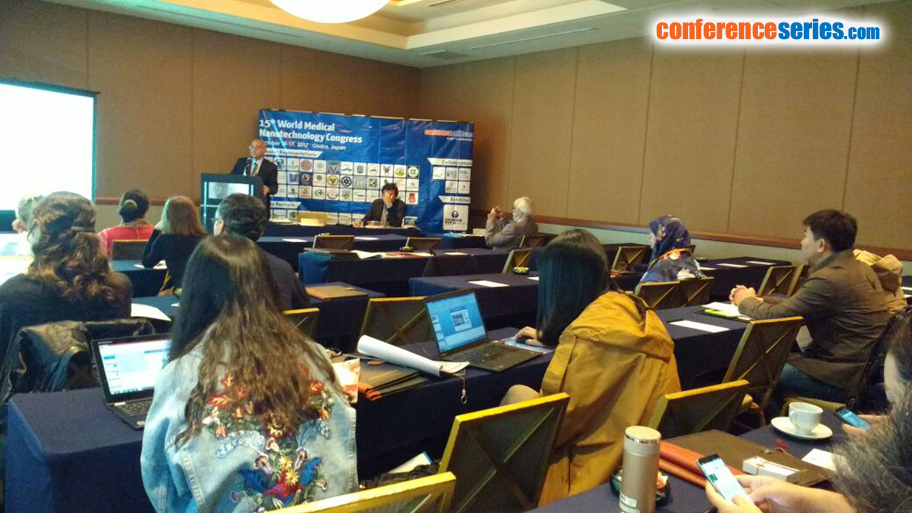
Davide Prosperi,
University of Milano-Bicocca, Italy
Title: Dependence of in vivo tumor homing, localization and therapeutic effect of colloidal nanoparticles on the number of attached antibodies
Biography
Biography: Davide Prosperi,
Abstract
Colloidal nanoparticles (NPs) are a versatile tool to integrate nanotechnology and biology, provided that they are complemented with a proper surface functionalization. To this aim, several strategies have been proposed in the attempt to optimize the surface modification of NPs with organic and biological targeting ligands to improve the NP affinity towards biological receptors (1). Several studies have been developed to achieve a control on linkage stability (2), as well as on ligand orientation and density (3). However, a general strategy to introduce a discrete precisely controlled number of targeting biomolecules to each NP is still largely missing. In particular, active targeting of NPs to tumors can be achieved by conjugation with specific antibodies. In the present work (4), specific active targeting of HER2 receptor is demonstrated in vitro and in vivo with a subcutaneous MCF-7 breast cancer mouse model with trastuzumab-functionalized gold nanoparticles (Au NPs), utilizing IgG antibody-modified Au NPs as nonspecific control. The number of attached antibodies per NP was precisely controlled in a way that each nanoparticle was conjugated with either exactly one (5NP-1Tz), or exactly two antibodies (5NP-2Tz). In vitro we found a moderate increase in targeting efficiency of nanoparticles with two instead of just one antibody attached per nanoparticle. However, despite an intuitive belief that also in vivo targeting efficiency should rise upon increasing the amount of antibodies per nanoparticle, the in vivo data demonstrate that best effect is obtained for nanoparticles with only exactly one antibody per nanoparticle. There is indication that this is based on as size-related effect. These results highlight the importance of precisely controlling the ligand density on the nanoparticle surface for optimizing active targeting, and that less antibodies can exhibit more effect.







